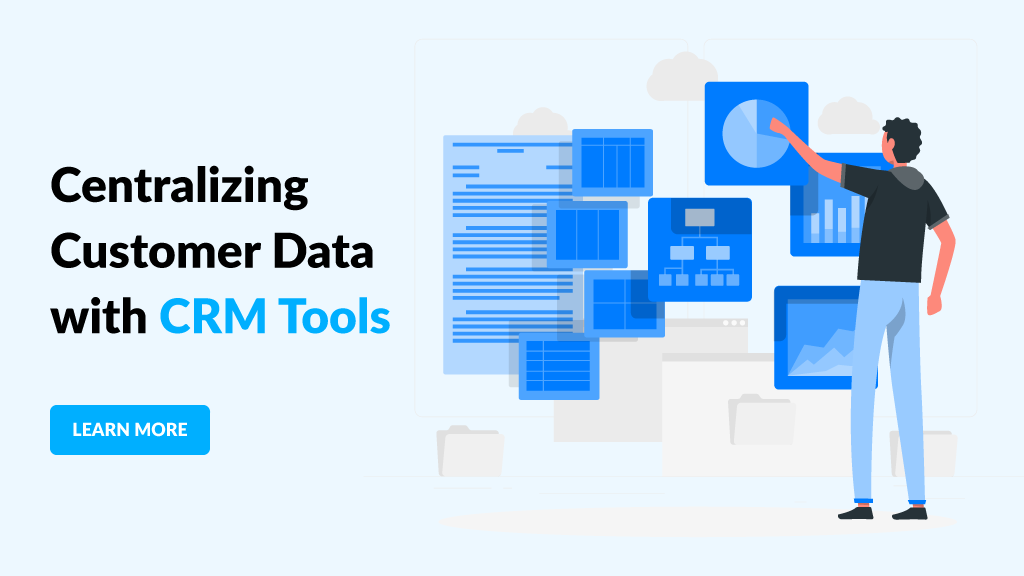Centralizing Customer Data with CRM Tools
CRM tools centralize customer data, becoming the bedrock for businesses aiming to bolster B2B sales. Selecting the right CRM system amplifies sales, effectively handles service requests, and cultivates lasting relationships. For a sales automation process to thrive, it’s pivotal for the CRM to simplify tasks and enable essential integrations, establishing an efficient outreach procedure.
CRM Tools Must-Haves for Successful Cold Outreach
Cold outreach, a staple in B2B sales, requires businesses to refine their communications, data, and analytic strategies. A potent CRM system with ample data storage, intuitive segmentation capabilities, accessible import features, and task automation is the linchpin to this success.
Optimizing CRM Tools for Effective B2B Sales Prospecting
- Flagging Duplicates:
Maintaining data integrity in your CRM tools is paramount. Businesses ensure the smooth operation of cold outreach strategies by identifying and marking duplicate values in modules like leads, contacts, or accounts. Remember, duplicate data can mislead users about a lead’s actual stage, potentially leading to a misguided qualification. Moreover, redundant records can muddle the cold outreach sequence. - Establishing Sales Pipelines: In B2B sales, pipelines define the transition of prospects from mere leads to potential clients. Within CRM tools, users can employ custom fields to sort and categorize incoming leads. These customized views and rules can shepherd these leads into the designated pipeline. Monitoring the success rate of outreach endeavors becomes seamless with in-built analytics.
- Data Analytics:
Gone are the days of hunch-based decisions. With CRM tools, businesses can scrutinize every aspect of their cold outreach – from email open rates to clicks and responses. Pairing a robust CRM system with a competent sales prospecting tool will yield these invaluable insights. - Streamlined Data Import:
A CRM system’s strength resides in its versatility. A top-tier CRM should boast integrated import templates, comparing the CRM’s current configuration with incoming data from cold outreach instruments. Additionally, it should offer customization options and ensure seamless
integration of outreach results with CRM’s stored data. - Embracing Automation:
It would be best to automate all supplementary activities in the cold outreach process, including phone calls and SMS, within the CRM tools. This automation aligns the process and removes manual steps that could cause errors. By understanding the automation guidelines and workflows in CRM software tools, you can ensure optimal cold outreach efforts for the highest success rates.


